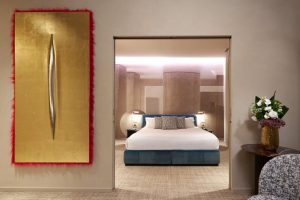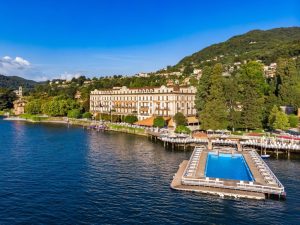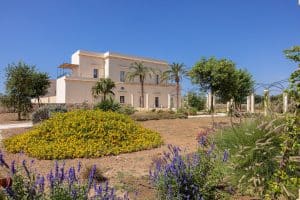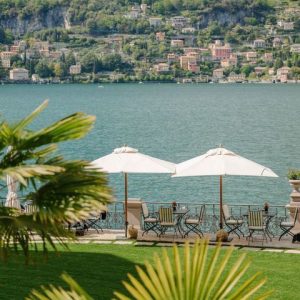Till 22 September 2019 Museo d’arte della Svizzera italiana celebrates
one of Switzerland’s most important contemporary artists, Franz Gertsch
Swiss artist Franz Gertsch was asked to work with the museum not only as an artist, but as exhibition curator. The artist accepted the invitation and added an unexpected proposal: presentation of his woodcuts in dialogue with works by the artists he considers the absolute masters of engraving at the turn of the twentieth century, Paul Gauguin (1848-1903) and Edvard Munch (1863-1944).
This pairing might at first come as a surprise: Gauguin’s and Munch’s woodcuts are small to medium by size, characterized by stark and expressive lines and by often strikingly bold colour contrasts. Franz Gertsch’s monumental woodcuts on the other hand present us with vast monochrome surfaces dotted by myriads of tiny points of light. Yet beyond the historic distance and the differences in style that divide them, the three artists do indeed display profound affinities, beginning with their common mastery of woodcut technique and particulary with their desire to test its limits and broaden its horizons. As Gertsch himself remarks: “[…] I feel a deep kinship with Gauguin and Munch as individualists and specialists in the art of woodcut. All three of us have developed an entirely distinctive language in applying this technique. There is nothing similar or comparable in our three woodcut oeuvres; except that they are all somehow unique and singular”.
Gauguin engraves blocks of wood using whatever tools he gets his hands on: chisels, knives, sandpaper, awls, continually reworking them, even during the printing process. Munch breaks down the blocks he uses in his works into pieces so he can ink them with different colours and put them back together again like a puzzle, proceeding to print a multi-coloured image in a single step. Both of them overturn the canons of woodcutting established since the fifteenth century, and Gertsch does them same in 1985 when he decides to stop making the big realistic paintings he has been famous for since the seventies and explore woodcutting technique.
Like his predecessors, Gertsch comes up with a revolutionary way of making his engravings: by entirely avoiding line, the artist engraves an extremely dense pattern of dots on the block, creating light areas which are modulated to allow the image to form. In view of the meticulous proceeding involved in this technique and the monumental scale of the blocks, it takes the artist about a year to make each of his woodcuts. Gertsch produces prints in different colours from each block, using inks he makes himself printed on huge sheets of paper made especially for him by a Japanese papermaker: the result of this laborious proceeding is a series of immersive works offering a unique visual experience inviting contemplation.
The themes of Gertsch’s, Gauguin’s and Munch’s works reveal an underlying range of common themes: an intense interweave of melancholy and eros, a mystic vision of landscape and nature, experienced as the primordial source of inspiration, and an expression of the artist’s deep solitude and his alienation from society.
Moreover, with all three artists we find that their woodcut work is keeping up a permanent dialogue with their painterly oeuvre. In Gauguin’s engravings we encounter, albeit in a definitely darker, more mysterious incarnation, the Tahitian scenes and figures familiar from his famous canvases; In Munch’s woodcuts we often find compositions paraphrasing or elaborating on those of some of his best-known paintings, such as The Kiss or The Girls on the Bridge. The same applies to Gertsch, who often uses the same photographic images as the starting point for both his paintings and his engravings.
he exhibition is inspired by the desire to celebrate the outstanding career of a key figure in contemporary art, in the wake of the artist’s 90th birthday, and is one of a series of exhibitions MASI dedicates to the history of Swiss art this year, beginning with a project focusing on Swiss Surrealism and ending with a look at the most relevant art being made today with a monographic exhibition of the work of Julian Charrière, born in 1987, in the autumn.
More info http://www.masilugano.ch/







No comment yet, add your voice below!